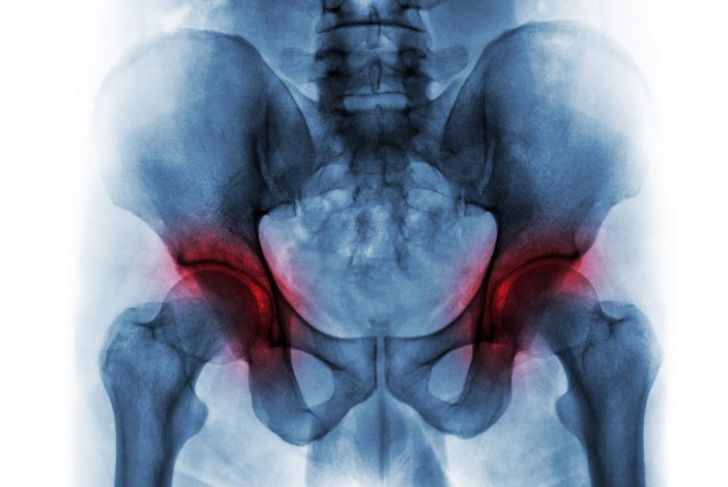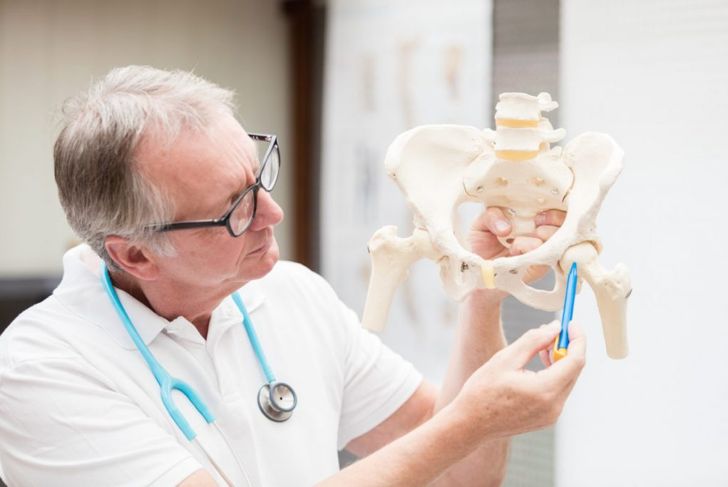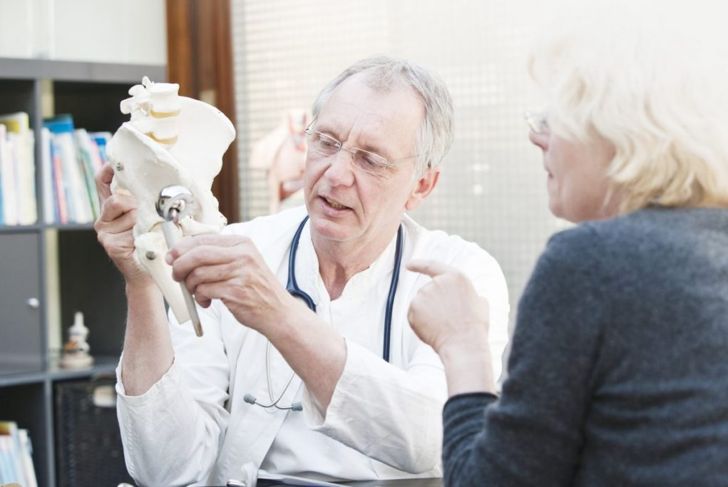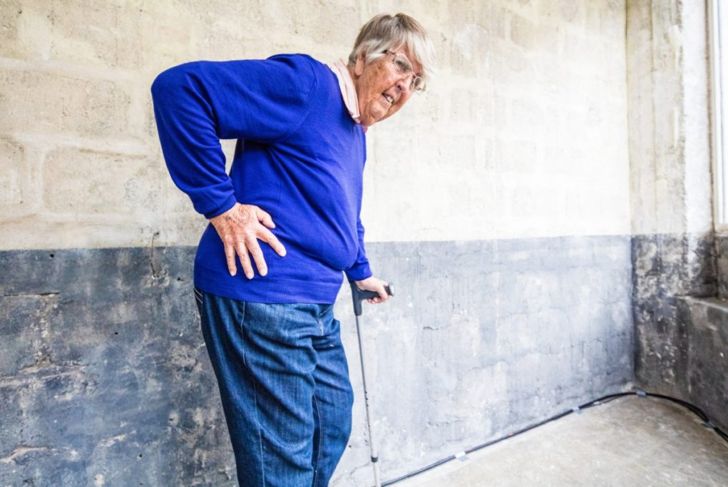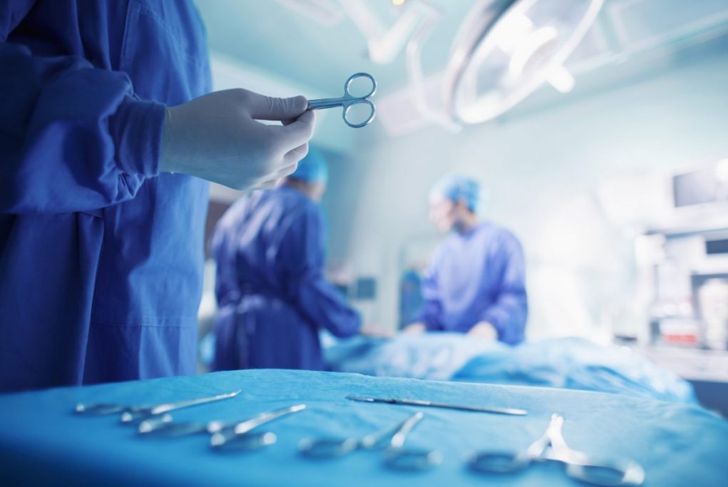The hip joint not only supports our full weight but enables us to walk in different directions. When an individual has hip dysplasia, the socket does not fully cover the ball part of the femoral bone; over time, this can cause debilitating pain. One of the most common causes of arthritis, hip dysplasia accounts for up to ten percent of all total hip replacements in the United States. If detected early, however, it is possible to preserve the natural joint through modern surgical techniques.
What is Hip Dysplasia?
In a healthy individual, the hip joint allows the ball of the femoral head to move freely in the socket. When a person has hip dysplasia, however, the socket becomes too shallow to cover the ball of the thighbone completely, causing the hip joint to wear out faster than normal; not only does this increase the risk of dislocation, but osteoarthritis as well.
How Common is Hip Dysplasia?
Hip dysplasia is relatively common among adolescents and adults. In fact, it is the biggest cause of hip arthritis in young women. While the condition also affects men, their numbers only account for one-fifth of all cases. Approximately 35,000 hip replacements in the United States each year are necessitated by hip dysplasia. According to the International Hip Dysplasia Institute, the condition also causes up to 44% of hip arthritis cases in the world.
What are the Signs and Symptoms of Hip Dysplasia?
The most common sign of hip dysplasia is a pain in the hip—often during adolescence or adulthood. Affected individuals may also notice popping or clicking sounds in the joint. Typically, the pain is mild at the beginning. Over time, however, it can become more intense and frequent—especially during physical exercise. In severe cases, the pain may also be enough to cause a limp.
What are the Causes of Hip Dysplasia?
Hip dysplasia can run in families, in which case the shallow sockets often fail to develop completely at birth and, with age, tend to become unstable. Unfortunately, hip instability is difficult to detect in infants. If one person in a family has hip dysplasia, there is a five to ten percent chance a subsequent child will develop the condition as well.
What are the Complications of Hip Dysplasia?
If left untreated, hip dysplasia can cause labral tears — damage to the soft cartilage that follows the outer rim of the socket and often leads to hip arthritis. A painful condition, hip arthritis occurs when the femoral bone rubs on the hip socket due to the absence of protective cartilage.
How do you Diagnose Hip Dysplasia?
Physicians diagnose hip dysplasia by taking medical histories and performing physical exams. To confirm the diagnosis, they may also order x-rays and MRI or CT scans. In infants, physicians often check for hip dysplasia by moving their legs in various positions to determine whether the hip joint fits together properly.
How do You Treat Hip Dysplasia?
In adults, the most common treatment for hip dysplasia is surgery. In mild cases, arthroscopic procedures can fix the problem. If the dysplasia is more severe, however, a surgery called periacetabular osteotomy can reposition the socket and ball for a better fit. Generally, total hip replacements are a last resort. In young children, doctors may treat hip dysplasia with soft braces. When worn regularly, the brace can help mold the ball and socket into the proper shape.
What are the Risks of Surgery?
As with any surgical procedure, there are risks involved with hip preservation and replacement surgeries. Before receiving treatment, the physician will discuss the possible complications with the patient. While the risks are low, there is a chance of blood clots, infection, damage to blood vessels, and injuries to nerves.
What Happens After Surgery?
Following hip surgery, patients must remain in the hospital for a few days, during which medical practitioners will monitor the recovery and treat any side effects, such as pain. After being discharged, crutches help alleviate pressure and pain for the first several weeks. Depending on the recovery progress, individuals who have undergone hip surgery can return to regular activities three to six months later.
What are Non-surgical Treatments for Hip Dysplasia?
There are several non-surgical treatments available for young adults with mild hip dysplasia, including medications such as anti-inflammatories and steroid injections. In addition to that, an orthopedist may recommend physical therapy, which can help relieve symptoms.

 Home
Home Health
Health Diet & Nutrition
Diet & Nutrition Living Well
Living Well More
More
